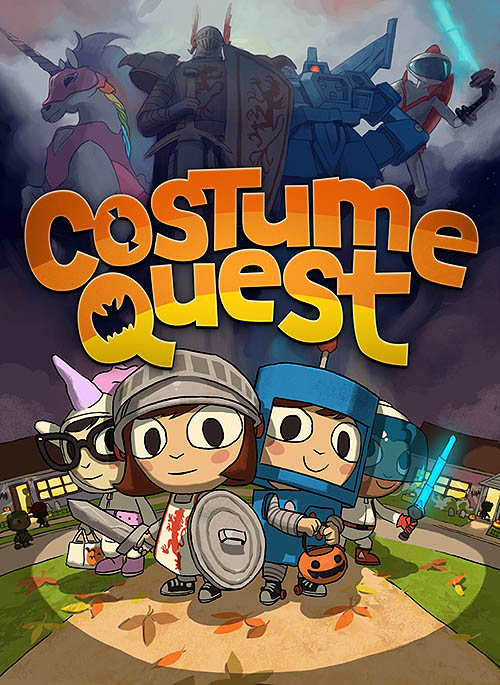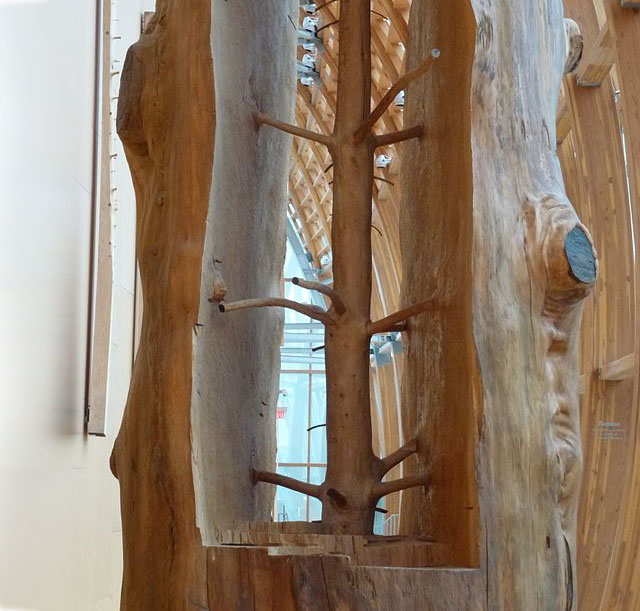Fairer Royalties, Better Music
I’m very interested in how the internet is changing the music industry. Some things are better (from some viewpoints): it’s cheaper to make music and distribute it; it’s easier to find and listen to a wider range of music. Some things might be worse, but it’s hard to tell: has the average amount of revenue made per song, or per minute of music, gone down? What about for the most popular 10 artists? What about for the median artist by income? Are there fewer full-time musicians, or more?
I’ve not seen good data on that, but this piece in The Economist is suggestive at least: the average age of festival headliners has gone up by 10 years over the past 20 years. But it’s not clear if that’s just because demand (for festivals) has gone up, and supply (of festival-pleasing artists) has risen more slowly, driven by older artists whose audiences now find festivals cater to their needs.
Over on PopJustice (which has my favourite cookie warning message), they suggest the move by Apple to streaming is the final nail in the coffin for not just paid downloads, but a thriving new music industry in general. If this seems hyperbolic, bear in mind that music buying doubtless follows a Pareto curve, and the small cohort that account for most of the music-buying have the strongest (short-term) incentive to switch to streaming.
With all this going on, it’s interesting to take a look at royalty distribution on streaming services. Superficially it seems simple and perfectly fair: they collect subscription fees and ad revenue, and then distribute them to artists based on how often their tracks have been played. This is how it works on Spotify.
But as this thoughtful article points out, that’s not necessarily the fairest. It would be fairer to directly distribute the revenue from a particular customer to the artists that customer listened to. That doesn’t sound like much of a change, but it really is, so I do recommend reading the article to see why. The author also argues that such a situation would be better for everyone, even the labels, and as such should be adopted. I’m less convinced by that. It’s true ‘on average’, but I suspect the current system benefits the bigger labels more, and they have a lot more of the power.
On the plus side, with Apple and Google (and others) getting into the game, perhaps this might emerge as a competitive strategy from one of them…
Dan Deacon: WIWDD
On the subject of new music, well, Dan Deacon is one of my favourite musicians, and it seems Adult Swim had a bunch of animators contribute segments to go with the track “When I Was Done Dying” from his most recent album, and all of those animators seem to have put in about twice as much effort as I was expecting, with this mind-boggling result:
Noticing Racism
For an eye-opening insight into what one might term ‘soft’ racism, I highly recommend reading this sermon followed by these excerpts on prosopagnosia. Primed by the first article, the last couple of paragraphs of the second hit pretty hard.
Real Time Trains
(via @PlanetTimmy)
I found it absurd that I could be on a train with internet access and yet be unable to find out when that train was expected to arrive at the various stops along the way. Evidently I wasn’t looking hard enough, because it turns out this brilliant website has that covered: RealTimeTrains.co.uk
There’s also a wonderful site with much more precise data than most people would know what to do with regarding the exact positions and statuses of trains at various key junctions. Each day a random map is free, and it’s £10 for a full year subscription. I haven’t done that yet but it’s very tempting. Check it out!
Of course, once you have this data, you want to make more efficient use of it. For instance, it’s possible with many clicks around RealTimeTrains to figure out if you can make a more efficient connection by boarding a delayed train that was originally supposed to depart before you arrived. So the next thing I need is a service that will tell me not just the best route, but the best route based on where trains are right now.
3D Maps of London Underground Stations
If, like me, you ever wanted to see maps of all the underground stations (specifically the 120 that are actually underground), Ian Mansfield has cleaned them all up and presented them nicely here.
Here Comes The Future
Finally a couple of things that gave me a bit of ‘future shock’.
This (proof-of-concept) camera is powered by the light that its sensor receives. Which, given the similarity between a digital camera’s sensor and a solar panel, actually makes sense. So cameras don’t need batteries. Wow.
Secondly, neural networks can make art. Okay, there is a human operating the controls and deliberately manipulating things to make cool-looking stuff, but maybe later a neural network can figure out what ‘cool-looking’ means better than us, and start producing all kinds of cool stuff. Okay, that bit’s probably a lot further away, but this does make me lose a bit of confidence in the belief that artist’s jobs are robot-proof. Nobody’s job is safe from the robots. The robots are coming. We have been warned.
– Transmission abruptly ends


